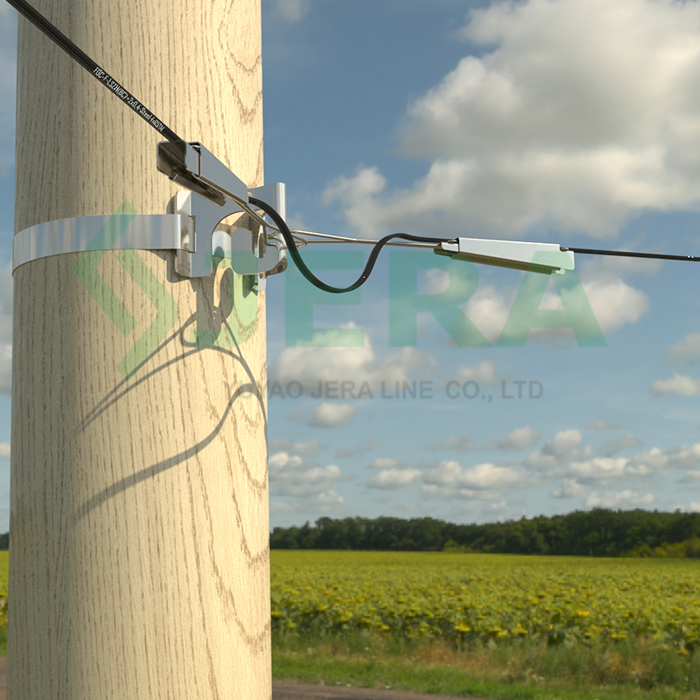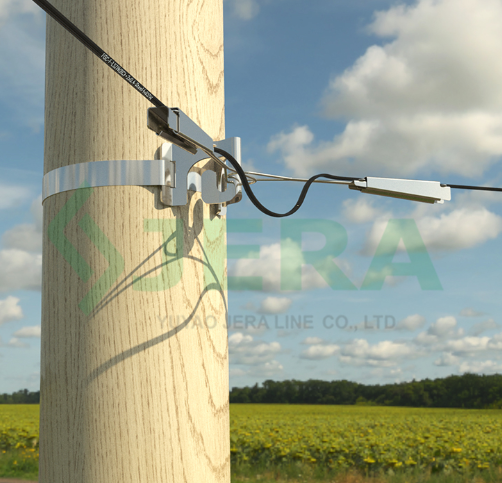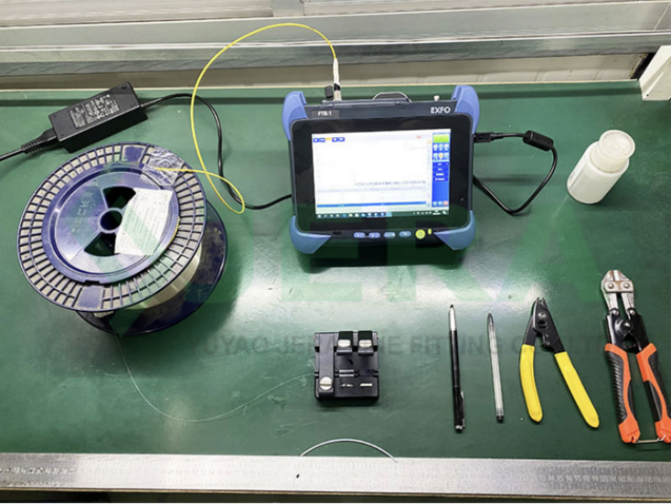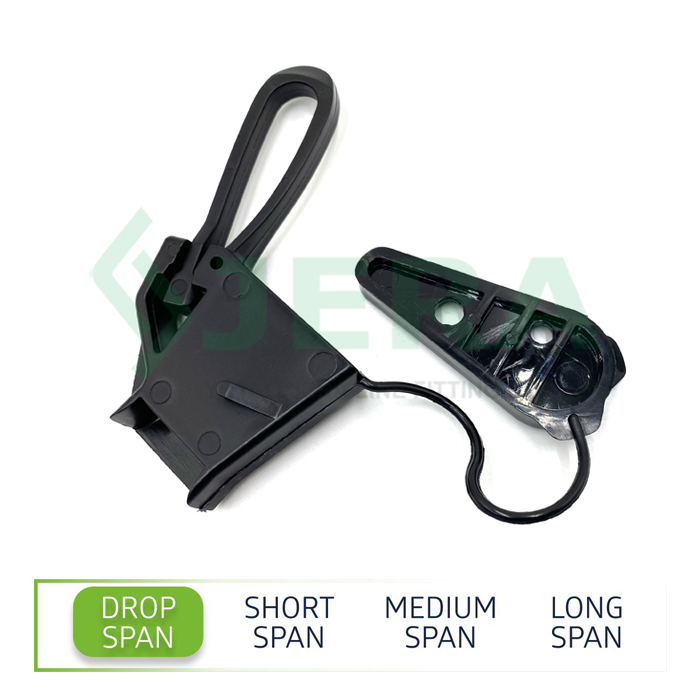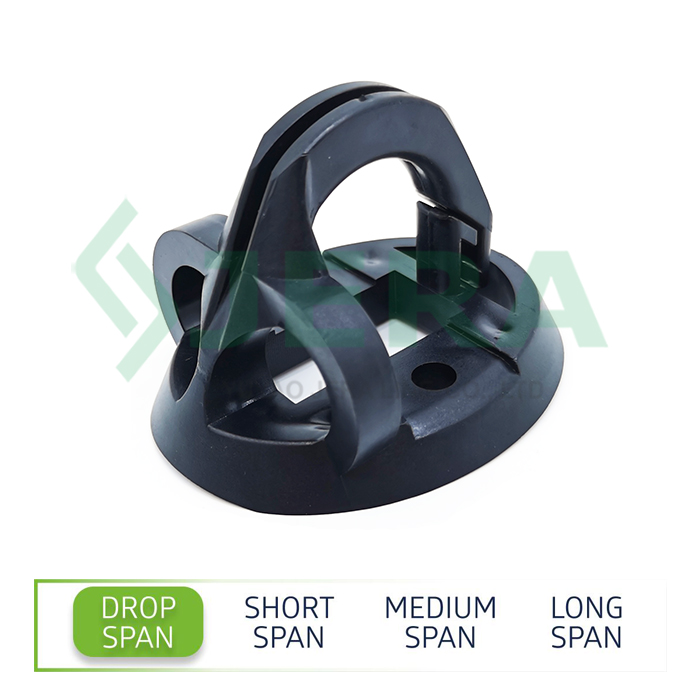-
Home
-
Products

-
Fiber Optic Cable

-
Pre-terminated Fiber Optic Cable

-
Outdoor Fiber Optic Termination Box

-
Indoor Fiber Optic Terminaton Box

-
Outdoor Fiber Optical Splice Closure

-
Fiber Optic Fast Connectors and Adapters

-
Fiber Optic Splitters

-
Fiber Optic Cable Clamps

-
Fiber Optic Cable Pole Brackets, Hooks

-
Fiber Optic Cable Slack Storage

-
Stainless Steel Bandings

-
Dead End Grip

-
-
Solutions

-
Why Choose Us

-
Quality Testing

-
Blog

-
Contact Us

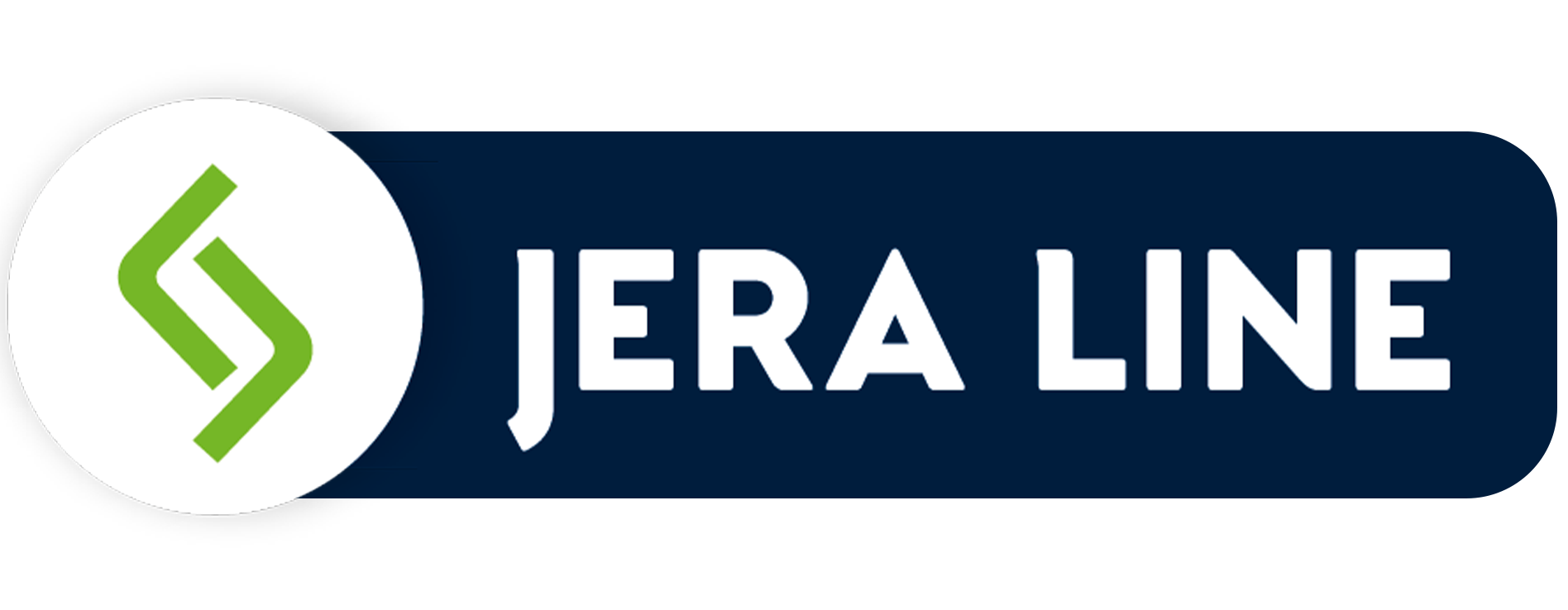


.png)

